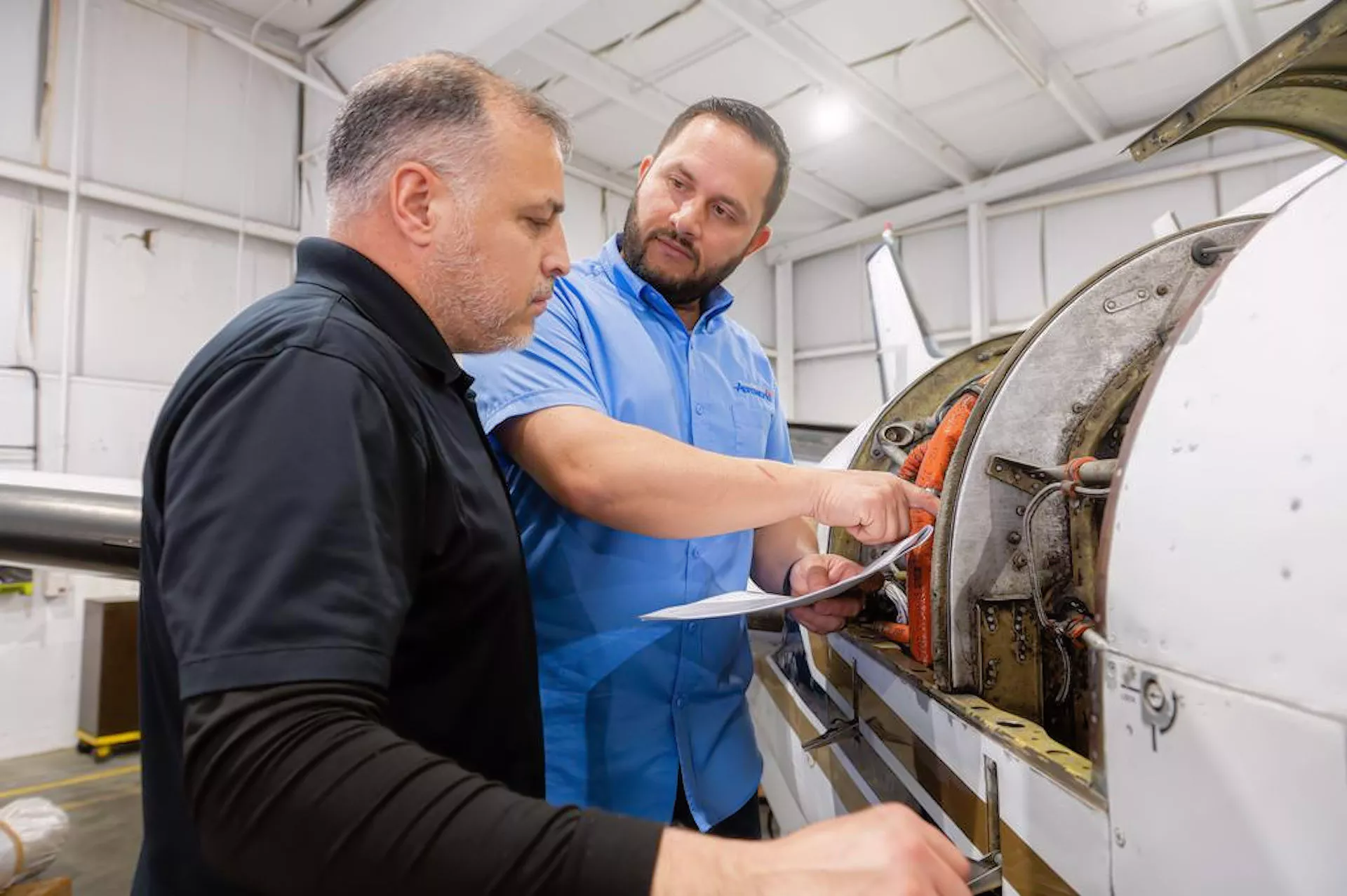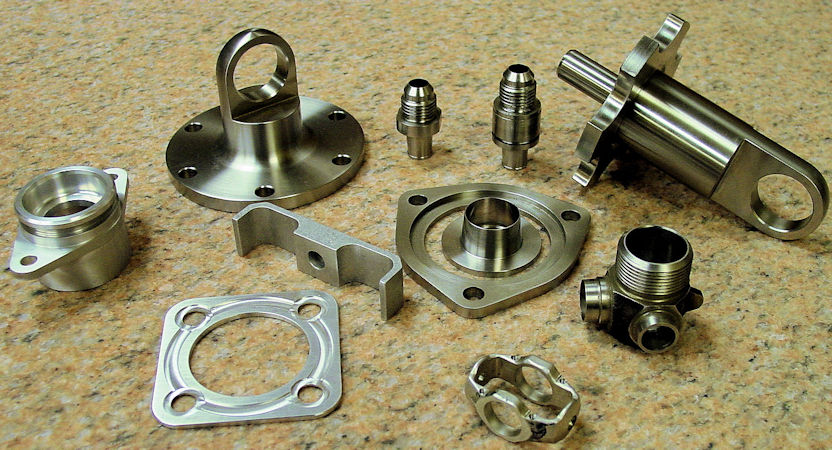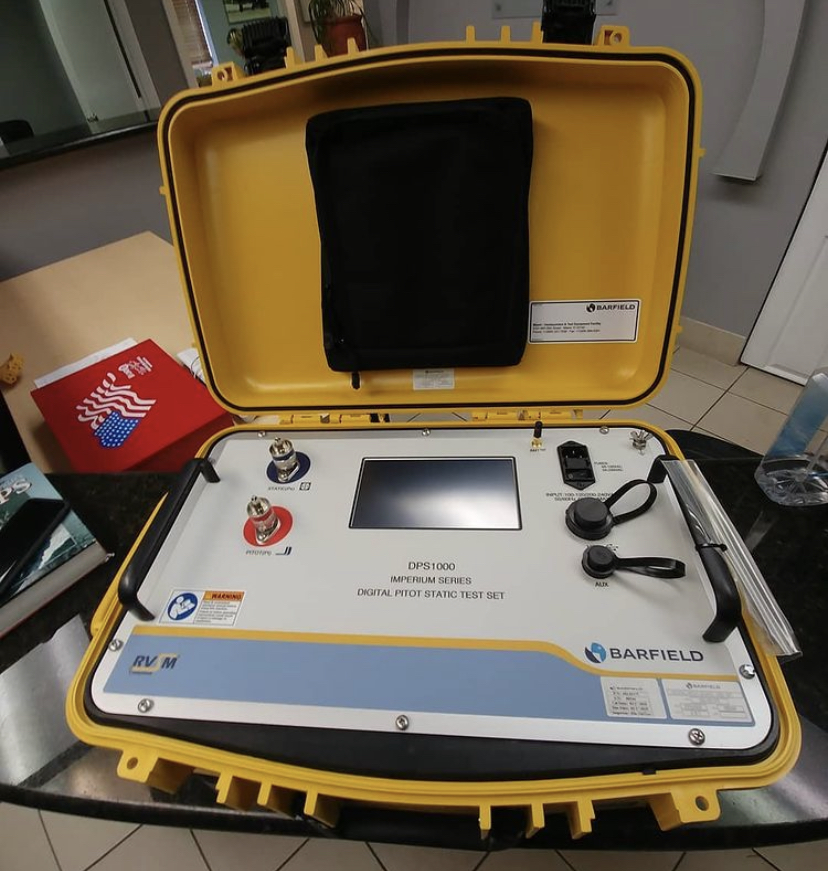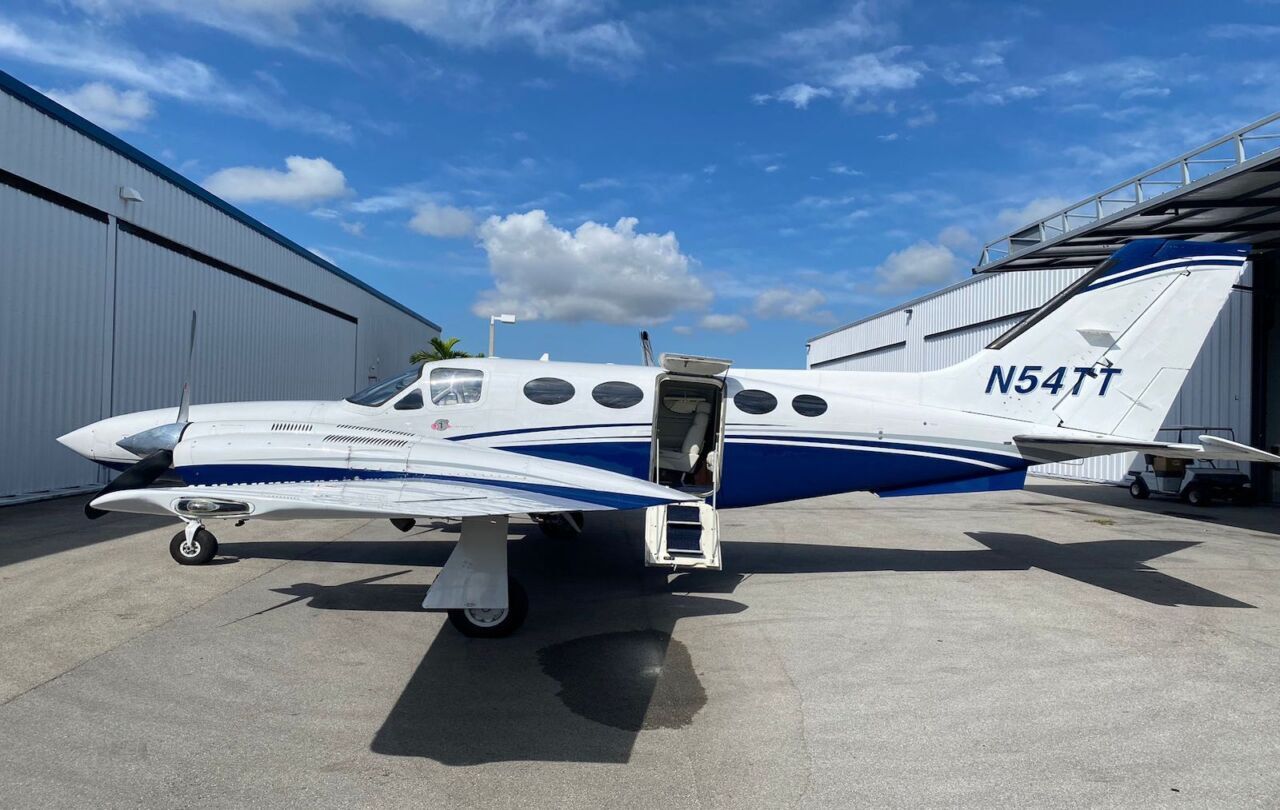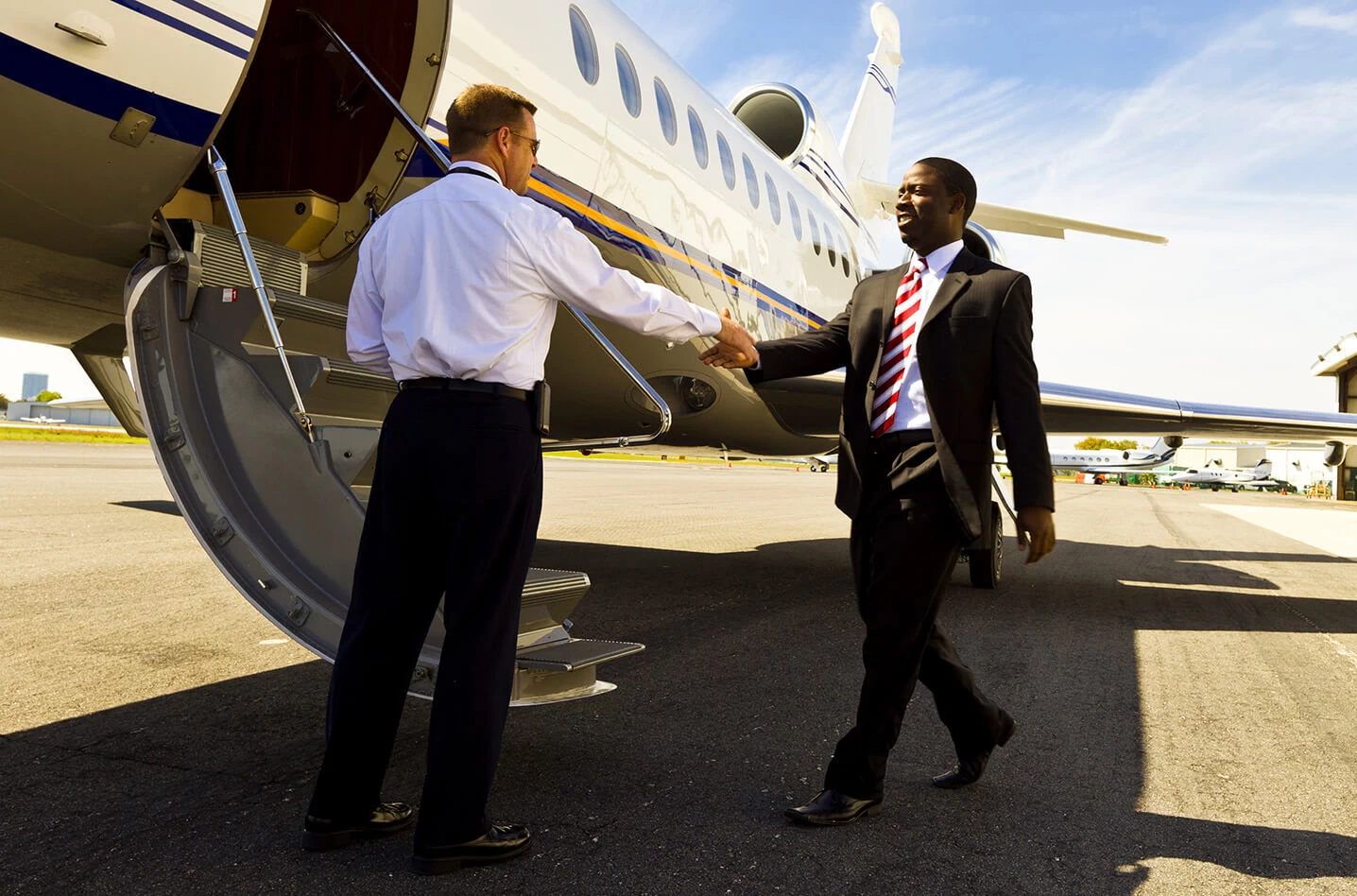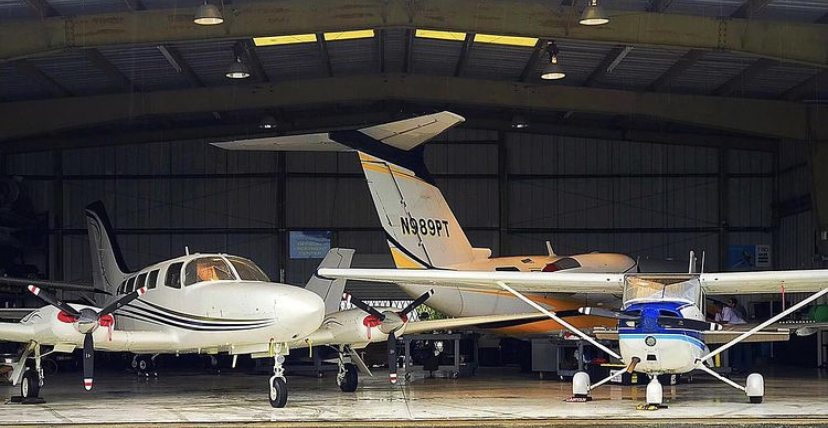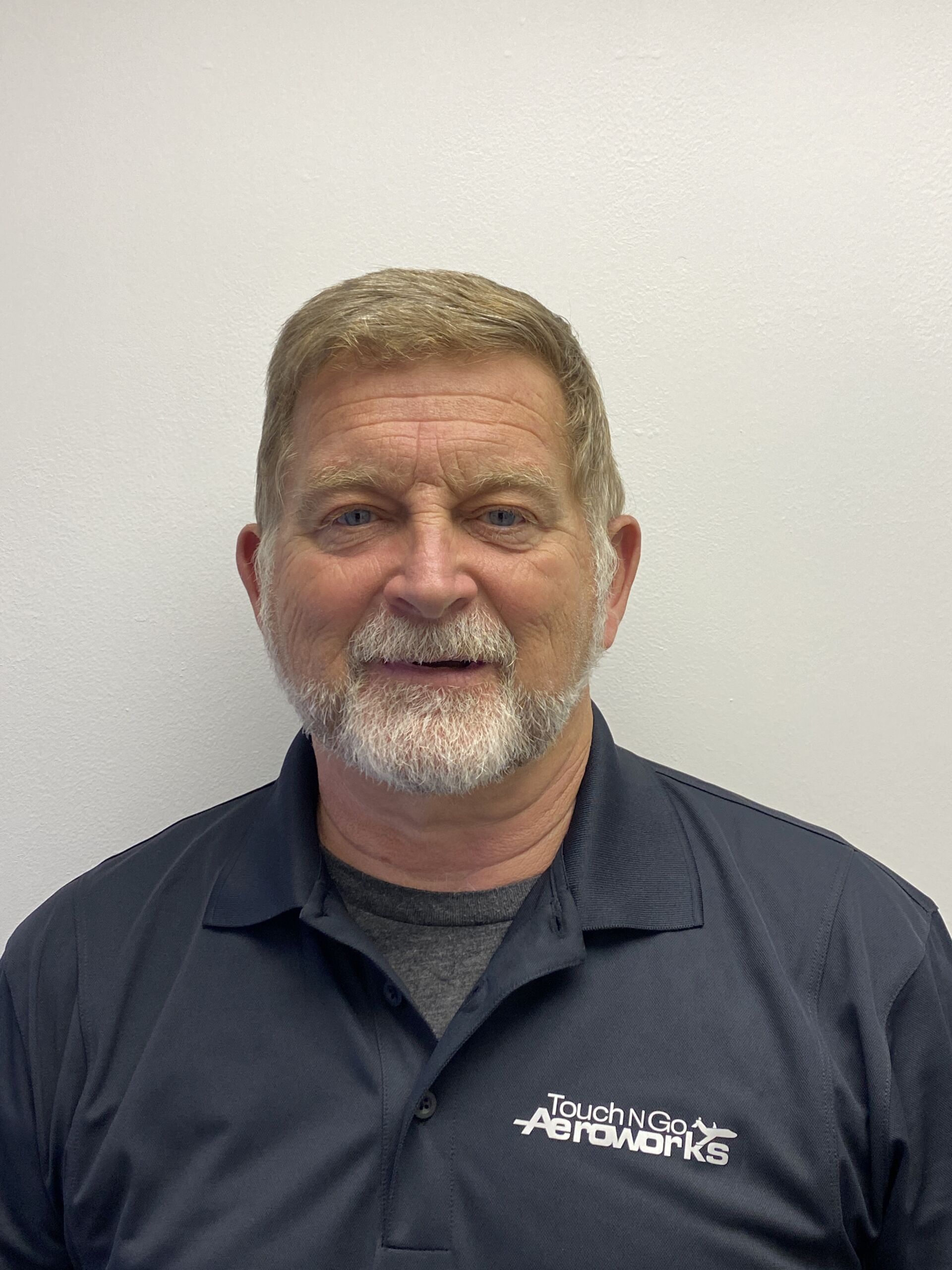About Us
Touch N Go Aeroworks is a premier aviation services provider, dedicated to revolutionizing the aviation industry with cutting-edge technology, unparalleled expertise, and a commitment to excellence. Our mission is to deliver superior aeronautical solutions that enhance the safety, efficiency, and overall experience of air travel.
Who We Are
Founded by aviation enthusiasts and seasoned industry professionals, Touch N Go Aeroworks has grown into a trusted name in aviation services. With a team of highly skilled engineers, pilots, and support staff, we bring a wealth of knowledge and a passion for innovation to every project we undertake.
Contact Us
Ready to experience the Touch N Go Aeroworks difference? Get in touch with us today to learn more about our services and how we can help you achieve your aviation goals.
Founder & CEO

Why Us
Licensed & Insured
At Touch N Go Aeroworks, we prioritize safety, compliance, and peace of mind for our clients. As a fully licensed and insured aviation services provider, we adhere to the highest standards of the industry, ensuring that your aircraft and operations are in trustworthy hands.
Unparalleled Expertise
At Touch N Go Aeroworks, our hallmark is unparalleled expertise in aviation services. Our team of seasoned professionals brings a wealth of knowledge and experience to every project, ensuring that you receive the highest level of service and precision in all your aviation needs.
Quality Assurance
At Touch N Go Aeroworks, quality assurance is at the core of everything we do. We are committed to delivering the highest standards of safety, reliability, and performance in all our aviation services. Our rigorous quality assurance processes ensure that every aspect of our operations meets or exceeds industry standards and client expectations.
Innovation and Sustainability
At Touch N Go Aeroworks, we are dedicated to pioneering innovation and promoting sustainability in the aviation industry. Our forward-thinking approach integrates cutting-edge technology and eco-friendly practices to deliver exceptional services while minimizing our environmental impact.
Great Communication
At Touch N Go Aeroworks, our customers are at the heart of everything we do. We are dedicated to providing exceptional service tailored to your specific needs and preferences. Our customer-oriented approach ensures that we exceed your expectations and build long-lasting relationships based on trust and satisfaction.
Customer Oriented
At Revival Home Remodeling, our customers are at the heart of everything we do. We are dedicated to providing a customer-oriented experience that prioritizes your needs, preferences, and satisfaction throughout the entire remodeling process.
Years Experience
Stars Rate
Projects Executed
Customer Satisfaction
Our Team
We have an amazing, knowledgeable, cordial team and we are ready to help you.
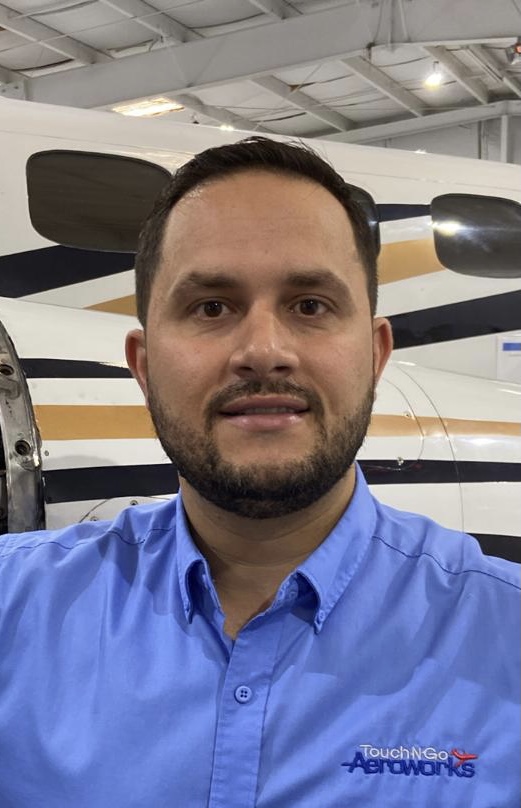
BRIAN VERA
Owner / ATP Pilot / A&P / Inspector
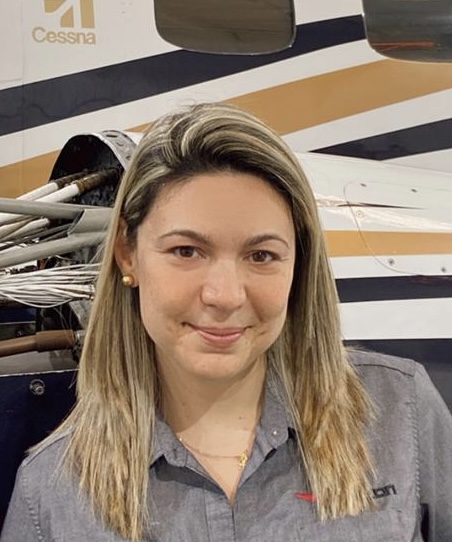
VANESSA VERA
Co-Owner / General Manager

YESSICA GONZALEZ
Office Assistant

HECTOR GEREIGE
A&P Assistant

Want to join us? Contact us for Careers.
A&P, Assistant
Portfolio
Here are some of the amazing projects we have worked on.
Frequently Asked Questions
Find quick answers for most common questions
Choosing the right aircraft is a critical decision that depends on your specific needs, preferences, and budget. At Touch N Go Aeroworks, we provide expert guidance to help you find the perfect aircraft that meets your unique requirements. Here’s a step-by-step guide to help you navigate this important decision:
Factors to Consider
1. Purpose of Use: Identify the primary use of the aircraft. Are you looking for a plane for personal travel, business trips, cargo transport, or recreational flying? The intended use will significantly influence your choice.
2. Range and Endurance: Consider the typical distances you plan to fly. Do you need an aircraft capable of long-range travel, or will short-haul flights suffice? Evaluate the aircraft’s range and fuel efficiency to ensure it meets your travel needs.
3. Passenger and Cargo Capacity: Determine how many passengers and how much cargo you need to carry. Aircraft come in various sizes, from small, single-engine planes to large jets, so choose one that can comfortably accommodate your typical load.
4. Budget: Establish your budget, including the initial purchase price, operating costs, maintenance, insurance, and other expenses. It's important to balance your financial capacity with your needs and preferences.
5. Performance and Specifications: Look at the aircraft’s performance metrics, such as speed, climb rate, and runway requirements. Ensure that the aircraft can operate in the environments you plan to fly, including high-altitude airports or short runways.
6. New vs. Used: Decide whether you want to purchase a new or used aircraft. New aircraft come with the latest technology and warranties, while used aircraft can be more cost-effective but may require more maintenance.
7. Maintenance and Support: Consider the availability of maintenance services and support for the aircraft model you are considering. Choose an aircraft with a strong support network to ensure ongoing reliability and performance.
8. Resale Value: Think about the potential resale value of the aircraft. Some models retain their value better than others, which can be an important factor if you plan to sell the aircraft in the future.
Our Expert Assistance
At Touch N Go Aeroworks, we offer personalized consultations to help you make an informed decision. Our experienced team will work closely with you to:
- Assess Your Needs: We start by understanding your specific requirements, preferences, and budget constraints.
- Present Options: Based on your needs, we present a selection of suitable aircraft, highlighting the pros and cons of each option.
- Provide Detailed Information: We offer detailed information on each aircraft's performance, operating costs, maintenance requirements, and more.
- Arrange Demonstrations: When possible, we arrange aircraft demonstrations or test flights so you can experience the options firsthand.
- Offer Financing Solutions: We can assist with financing options to help you manage the investment in your new aircraft.
- Ensure Compliance: We ensure that your choice complies with all regulatory requirements and airworthiness standards.
Contact Us
Choosing the right aircraft is a significant decision, but with Touch N Go Aeroworks, you don’t have to navigate it alone. Contact us today to schedule a consultation and let our experts guide you in finding the perfect aircraft to meet your needs and elevate your aviation experience.
Purchasing an aircraft is a significant investment, and ensuring you make the right choice is crucial. One of the most critical steps in the buying process is conducting a test flight. At Touch N Go Aeroworks, we emphasize the importance of test-flying an aircraft before finalizing your purchase. Here’s why:
Key Reasons to Test-Fly an Aircraft
1. Assess Performance and Handling: A test flight allows you to evaluate the aircraft’s performance firsthand. You can assess how the plane handles in different flight conditions, including takeoff, cruising, and landing. This hands-on experience provides insights into the aircraft’s responsiveness, stability, and overall flight characteristics.
2. Evaluate Comfort and Ergonomics: Comfort is vital, especially for long flights. During a test flight, you can experience the seating arrangements, cabin layout, noise levels, and overall ergonomics. This helps ensure that the aircraft meets your comfort standards for both the pilot and passengers.
3. Verify Instrumentation and Avionics: Modern aircraft come equipped with advanced avionics and instrumentation. A test flight allows you to familiarize yourself with these systems, ensuring they are intuitive and meet your needs. You can check the functionality of navigation aids, communication systems, autopilot, and other critical avionics.
4. Identify Potential Issues: Even well-maintained aircraft can have quirks or issues that only become apparent during flight. A test flight helps identify any potential mechanical or operational problems that might not be visible during a ground inspection. This can include engine performance, control surface responsiveness, or other in-flight anomalies.
5. Confirm Specifications and Claims: Manufacturers and sellers often provide detailed specifications and performance claims. A test flight allows you to verify these claims in real-world conditions. This includes assessing fuel efficiency, speed, climb rate, and other performance metrics to ensure they align with your expectations.
6. Gain Confidence and Peace of Mind: Buying an aircraft is a significant commitment, and confidence in your decision is essential. A test flight provides peace of mind, confirming that the aircraft meets your standards and performs as expected. This firsthand experience can significantly reduce the risk of buyer’s remorse.
7. Compare Different Models: If you are considering multiple aircraft models, test flights provide a basis for comparison. You can evaluate how each aircraft performs and feels, helping you make a more informed decision based on direct experience rather than specifications alone.
Our Test Flight Process
At Touch N Go Aeroworks, we facilitate comprehensive test flight experiences to ensure you make the best choice:
- Pre-Flight Inspection: Before the test flight, we conduct a thorough pre-flight inspection to ensure the aircraft is in optimal condition.
- Experienced Pilots: Our experienced pilots guide you through the test flight, explaining key features and answering any questions.
- Detailed Evaluation: We provide a checklist and evaluation form to help you systematically assess the aircraft during the test flight.
- Post-Flight Debrief: After the flight, we conduct a debriefing session to discuss your observations and address any concerns.
Contact Us
Ensure you make an informed and confident decision by test-flying your prospective aircraft with Touch N Go Aeroworks. Contact us today to schedule a test flight and experience the difference firsthand. Our team is here to support you through every step of your aircraft purchasing journey.
Insuring an aircraft is a crucial aspect of aircraft ownership and operation. At Touch N Go Aeroworks, we understand the importance of comprehensive insurance coverage to protect your investment and ensure peace of mind. Here’s what you need to know about aircraft insurance:
Why Aircraft Insurance Is Important
1. Protecting Your Investment: Aircraft are significant investments, and insurance safeguards this investment against potential risks such as damage, theft, or total loss. It ensures that you are financially protected if an unexpected event occurs.
2. Liability Coverage: Operating an aircraft involves inherent risks. Liability insurance protects you against claims arising from bodily injury or property damage to third parties. This is essential for covering legal costs and potential compensation if you are found liable for an accident.
3. Compliance with Regulations: Many countries and jurisdictions require aircraft owners to carry a minimum level of insurance. Ensuring your aircraft is adequately insured helps you stay compliant with regulatory requirements and avoid legal penalties.
4. Peace of Mind: Comprehensive insurance coverage provides peace of mind, knowing that you are protected against various risks. This allows you to focus on flying and enjoying your aircraft without worrying about potential financial losses.
5. Financial Stability: In the event of an accident or incident, insurance helps mitigate financial losses. This stability is crucial for both private owners and commercial operators, ensuring that operations can continue smoothly even after unexpected events.
Types of Aircraft Insurance
1. Hull Insurance: Hull insurance covers physical damage to the aircraft itself. This includes coverage for events such as collisions, weather-related damage, and other incidents that result in damage to the aircraft.
2. Liability Insurance: Liability insurance provides coverage for bodily injury and property damage to third parties. This is crucial for protecting yourself against claims and legal expenses if an accident occurs.
3. Passenger Liability Insurance: Passenger liability insurance covers injuries to passengers aboard your aircraft. This type of insurance is particularly important for commercial operators and private owners who frequently fly with guests.
4. Ground Risk Insurance (Not in Motion): This coverage protects the aircraft when it is on the ground and not in motion. It covers events such as fire, theft, vandalism, and natural disasters.
5. Ground Risk Insurance (In Motion): This type of insurance covers the aircraft while it is taxiing but not in flight. It provides protection during ground operations, which can be vulnerable to certain risks.
6. In-Flight Insurance: In-flight insurance covers the aircraft while it is in flight. It provides protection against accidents and incidents that occur during takeoff, flight, and landing.
How to Choose the Right Insurance
1. Assess Your Needs: Evaluate your specific needs based on how you use your aircraft. Consider factors such as flight frequency, typical destinations, number of passengers, and whether you operate commercially or privately.
2. Compare Coverage Options: Different insurance providers offer varying levels of coverage and premiums. Compare options to find a policy that offers comprehensive protection at a reasonable cost.
3. Consider Deductibles: Review the deductible amounts for different coverage types. A higher deductible can lower your premium, but ensure it is an amount you can afford in the event of a claim.
4. Review Exclusions: Carefully read the policy exclusions to understand what is not covered. Ensure there are no gaps in coverage that could leave you unprotected.
5. Work with Experts: Consult with insurance experts who specialize in aviation. They can help you navigate the complexities of aircraft insurance and find a policy that meets your needs.
Contact Us
At Touch N Go Aeroworks, we offer expert guidance to help you choose the right insurance for your aircraft. Contact us today to learn more about our insurance advisory services and ensure your aircraft is comprehensively protected.
In the United States, the Federal Aviation Administration (FAA) has specific criteria regarding which aircraft are eligible for registration. Here's a breakdown of the main types of aircraft eligible for registration in the U.S.:
-
Civil Aircraft: This category encompasses most private and commercial aircraft used for civilian purposes. It includes airplanes, helicopters, gliders, gyroplanes, airships, balloons, and even unmanned aerial vehicles (drones) that meet FAA airworthiness standards.
-
U.S. Citizen-Owned Aircraft: Aircraft owned by U.S. citizens or entities that are at least 75% owned and controlled by U.S. citizens are eligible for registration. This criterion is essential for ensuring that aircraft are registered under U.S. jurisdiction.
-
Non-Citizen Corporation-Owned Aircraft: Non-U.S. citizens or entities not meeting the 75% U.S. citizen ownership and control requirement can register an aircraft in the U.S. by establishing a "special purpose entity" (SPE). The SPE must be a U.S.-based corporation or other legal entity that meets FAA criteria, including having a majority of U.S. citizen directors and meeting specific operational requirements.
-
Government-Owned Aircraft: Aircraft owned by federal, state, or local government agencies are eligible for registration in the U.S. This includes law enforcement, military, firefighting, and other government-operated aircraft.
-
Experimental Aircraft: These are aircraft built for experimental or research purposes. This category includes amateur-built aircraft (kit-built or scratch-built), research and development aircraft, and some types of exhibition or airshow aircraft. Experimental aircraft must receive an Experimental Airworthiness Certificate from the FAA.
-
Special Use Aircraft: Certain specialized aircraft, such as air ambulances, aerial surveying aircraft, agricultural aircraft (crop dusters), and flight training aircraft, are eligible for registration based on their specific use and compliance with FAA regulations.
-
Vintage and Historic Aircraft: Antique, vintage, and historic aircraft that meet FAA airworthiness standards and are part of recognized preservation programs or museums may be eligible for registration.
It's important to note that each type of aircraft may have specific requirements and documentation needed for registration. Aircraft owners and operators should consult with the FAA or aviation legal experts to ensure compliance with registration regulations and procedures.
Buying a surplus military aircraft can be an exciting endeavor, but it also requires careful consideration due to the unique challenges and regulations involved. Here are several key factors to consider when purchasing a surplus military aircraft:
-
Purpose and Intended Use: Determine the primary purpose for acquiring the aircraft. Are you interested in restoration, display, private use, commercial operations, or historical preservation? Your intended use will influence the type of aircraft you should consider and the modifications it may require.
-
Aircraft Type: Research and select the type of military aircraft that aligns with your goals and capabilities. Consider factors such as size, performance characteristics, maintenance requirements, and availability of spare parts. Popular choices include fighter jets, transport planes, helicopters, and trainers.
-
Condition and Maintenance History: Assess the aircraft's condition and review its maintenance history. Surplus military aircraft may vary widely in condition, ranging from pristine museum pieces to aircraft requiring extensive restoration. Obtain comprehensive maintenance records and conduct thorough inspections to evaluate airworthiness.
-
Legal and Regulatory Compliance: Understand the legal and regulatory requirements for owning and operating a surplus military aircraft. This includes obtaining the necessary permits, certifications, and approvals from aviation authorities. Compliance with safety standards, environmental regulations, and export/import laws is essential.
-
Availability of Spare Parts: Consider the availability of spare parts and maintenance support for the aircraft. Surplus military aircraft may have limited access to OEM parts, necessitating the use of aftermarket or refurbished components. Evaluate the feasibility of sourcing and maintaining spare parts for long-term ownership.
-
Operational Costs: Estimate the operational costs associated with owning and operating the aircraft. This includes fuel expenses, maintenance and repair costs, insurance premiums, hangar/storage fees, pilot training, and regulatory compliance expenses. Ensure that you have the financial resources to sustain ongoing operations.
-
Training and Experience: Determine if you or your team have the necessary training, skills, and experience to operate and maintain a surplus military aircraft safely. Consider enrolling in specialized training programs, hiring qualified personnel, or partnering with aviation experts to ensure proper handling and compliance with regulations.
-
Storage and Logistics: Plan for the storage, transportation, and logistics involved in owning a surplus military aircraft. Ensure that you have access to suitable hangar facilities, ground support equipment, and logistical support for maintenance, inspections, and operational needs.
-
Historical and Cultural Significance: If acquiring a historically significant military aircraft, consider its historical and cultural significance. Consult with aviation historians, preservationists, and regulatory authorities to ensure proper preservation, documentation, and commemoration of its heritage.
-
Safety and Risk Management: Prioritize safety and risk management throughout the acquisition and ownership process. Conduct comprehensive risk assessments, implement safety protocols, adhere to maintenance schedules, and invest in safety training to mitigate operational risks and ensure safe operations.
By carefully considering these factors and conducting thorough research and due diligence, you can make an informed decision when buying a surplus military aircraft and enjoy a rewarding aviation experience.
Searching aircraft records involves accessing various databases and sources of information to gather details about an aircraft's history, ownership, maintenance, and regulatory compliance. Here are the steps to search aircraft records effectively:
1. Identify the Aircraft:
- Registration Number: If you have the aircraft's registration number (also known as the N-number in the United States), this is the most straightforward way to search for records.
- Manufacturer and Model: If you don't have the registration number, knowing the manufacturer, model, and serial number of the aircraft can help narrow down your search.
2. Access Aircraft Records Databases:
- FAA Aircraft Registry (United States): The Federal Aviation Administration (FAA) provides an online Aircraft Registry Search tool where you can search for aircraft by registration number or other criteria. The FAA database includes information on ownership, airworthiness status, accident/incident history, and more.
- Aviation Registries in Other Countries: For aircraft registered outside the United States, check with the respective aviation authorities or registries. Many countries have online databases or services for searching aircraft records.
- Aircraft History Reports: Various companies offer aircraft history reports that compile information from multiple sources, including FAA records, maintenance logs, accident/incident reports, and more. Examples include the Aircraft Bluebook, Aircraft Cost Calculator, and services provided by companies like AeroData, JetData, or Globalair.com.
3. Review Aircraft Documentation:
- Registration Certificate: The aircraft's registration certificate provides details such as the registration number, manufacturer, model, serial number, and current owner's information.
- Maintenance Logs: Review the aircraft's maintenance logs to assess its maintenance history, including inspections, repairs, modifications, and compliance with airworthiness directives (ADs).
- Airworthiness Certificate: Verify the aircraft's airworthiness status by checking the airworthiness certificate, which indicates that the aircraft meets regulatory standards for safe operation.
- Title and Ownership Documents: Obtain copies of title documents, bills of sale, and ownership history to confirm legal ownership and identify any liens or encumbrances on the aircraft.
4. Search Historical Data:
- Accident/Incident Reports: Search for accident/incident reports related to the aircraft to understand its safety record and any past incidents or damage.
- Service Bulletins and ADs: Check for service bulletins, airworthiness directives (ADs), and manufacturer communications to ensure the aircraft is in compliance with mandatory inspections, repairs, and modifications.
5. Consult Aviation Professionals:
- Aircraft Brokers/Dealers: If you're purchasing or selling an aircraft, consult with aircraft brokers, dealers, or legal professionals experienced in aircraft transactions. They can assist in conducting thorough record searches and verifying the aircraft's history and documentation.
- Aircraft Maintenance Providers: Talk to aircraft maintenance providers or technicians who have worked on the aircraft to gather insights into its maintenance history, condition, and any recurring issues.
6. Verify Information:
- Cross-Check Information: Verify information from multiple sources to ensure accuracy and completeness. Discrepancies or missing records should be investigated further to clarify the aircraft's history and status.
- Legal and Regulatory Compliance: Confirm that the aircraft's records comply with regulatory requirements, including registration, airworthiness, maintenance, and operational documentation.
By following these steps and utilizing reputable sources of information, you can conduct a thorough search of aircraft records to gather essential details about an aircraft's history, maintenance, ownership, and regulatory compliance.
An aircraft is considered airworthy when it meets specific criteria and standards set by aviation regulatory authorities, such as the Federal Aviation Administration (FAA) in the United States or the European Aviation Safety Agency (EASA) in Europe. The concept of airworthiness ensures that an aircraft is safe to fly and meets all necessary requirements for operation. Here are the key aspects of aircraft airworthiness:
1. Structural Integrity:
- Airframe: The aircraft's airframe, including the fuselage, wings, tail, and control surfaces, must be structurally sound and free from defects that could compromise safety.
- Engines and Propellers: Aircraft engines and propellers must be in good working condition, with no signs of damage, wear, or malfunction that could affect performance or safety.
- Systems and Components: All aircraft systems, including hydraulic, electrical, fuel, and avionics systems, must be functioning correctly and in accordance with manufacturer specifications.
2. Maintenance and Inspections:
- Scheduled Maintenance: The aircraft must undergo regular scheduled maintenance inspections, including annual inspections, 100-hour inspections (for certain types of operations), and other periodic checks as required by regulations.
- Airworthiness Directives (ADs): Compliance with mandatory Airworthiness Directives (ADs) issued by aviation authorities is essential. ADs address safety issues, defects, or maintenance requirements that affect the aircraft's airworthiness.
- Service Bulletins: Compliance with manufacturer service bulletins and recommended maintenance practices is important for ensuring that the aircraft remains airworthy.
3. Documentation and Records:
- Maintenance Logs: Accurate and up-to-date maintenance records must be maintained, documenting all maintenance activities, inspections, repairs, modifications, and component replacements performed on the aircraft.
- Airworthiness Certificate: The aircraft must have a valid airworthiness certificate issued by the aviation authority, indicating that it has been inspected and meets the required standards for safe operation.
- Registration and Ownership Documents: The aircraft's registration and ownership documents must be current and compliant with regulatory requirements.
4. Compliance with Regulations:
- Regulatory Compliance: The aircraft must comply with all applicable aviation regulations, including those related to airworthiness, equipment requirements, operational limitations, weight and balance, and performance standards.
- Operational Limitations: Any operational limitations or restrictions specified in the aircraft's operating manual, flight manual, or type certificate must be adhered to.
5. Continuous Monitoring and Oversight:
- Continued Airworthiness Management: Aircraft operators must have systems in place for continued airworthiness management, including monitoring maintenance trends, tracking component life limits, and ensuring timely compliance with maintenance and inspection requirements.
- Safety Management Systems (SMS): Implementation of a Safety Management System (SMS) helps identify and mitigate risks, enhance safety practices, and maintain airworthiness standards.
6. Pilot Qualifications and Training:
- Pilot Proficiency: Ensuring that pilots are qualified, trained, and current in their skills and knowledge is crucial for safe aircraft operation and maintaining airworthiness.
- Type Ratings: Pilots must hold appropriate type ratings and endorsements for the aircraft they operate, demonstrating proficiency in handling specific aircraft types and models.
In summary, aircraft airworthiness encompasses structural integrity, maintenance and inspections, documentation and records, regulatory compliance, continuous monitoring, and pilot qualifications. Ensuring that an aircraft is airworthy is essential for safe and legal flight operations.
No, unfortunately at this moment we do not offer financing.
Absolutely. All our aircraft are totally serviced from top to bottom and we guarantee the air worthiness of the aircrafts we sell. All our aircrafts comes with the log books updated with maintenance and service history.
-
Pre-Sale Inspection: We often conduct a thorough inspection to assess the aircraft's condition, systems, avionics, and overall airworthiness. This helps identify any issues that need to be addressed before listing the aircraft for sale.
-
Maintenance Records Review: We review and provide potential buyers with comprehensive maintenance records. These records document the aircraft's maintenance history, including inspections, repairs, modifications, and compliance with airworthiness directives (ADs).
-
Maintenance and Repairs: We will perform necessary maintenance tasks or repairs to ensure the aircraft is in optimal condition. This could involve addressing any discrepancies found during the pre-sale inspection or addressing routine maintenance requirements.
-
Cosmetic Upgrades: In some cases, we invest in cosmetic upgrades or refurbishments to enhance the aircraft's appearance and appeal to potential buyers. This could include interior renovations, exterior paint touch-ups, or aesthetic improvements.
-
Compliance with Regulatory Requirements: We ensure that the aircraft is compliant with all regulatory requirements, including airworthiness standards, equipment installations, and documentation such as the airworthiness certificate, registration, and maintenance logs.
-
Avionics Updates: We may update or upgrade avionics systems to ensure they are current, functional, and aligned with modern technology standards. This can enhance the aircraft's value and appeal to potential buyers.
-
Consultation with Maintenance Professionals: We often work with certified maintenance professionals or aviation experts to assess, service, and certify the aircraft before sale. This collaboration ensures that the aircraft meets industry standards and buyer expectations.
-
Disclosure of Maintenance History: We provide full disclosure of the aircraft's maintenance history to potential buyers. This transparency helps buyers make informed decisions based on the aircraft's condition, maintenance records, and overall airworthiness.
Overall, we take steps to service aircraft before sale to ensure they are safe, compliant, and attractive to potential buyers.




